Angus teen Hollie McIntosh is on the verge of a panic attack every time she uses a bus.
The seventeen-year-old, from Carnoustie, has experienced many unsettling interactions on public transport since she was as young as 12.
And after feeling trapped at 14 while a fight went on in the top floor of a Dundee bus, Hollie now refuses to sit on the upper deck.
But following a study commissioned by Transport Scotland, 10 recommendations are in the works to improve the safety of women and girls when they use public transport.
These include tightening the rules around alcohol and improving the lighting and surveillance equipment on buses, trains, bus stops and stations.
Anxiety on public transport
Too often women and girls are forced to take matters into their own hands to ensure their safety on public transport.
“It’s the feeling of your sweaty hands, shivering and feeling sick,” Hollie said.
“As soon as I get off the bus, there’s a weight off my shoulders.
“I’m sat there thinking anything could happen right now. You’re going through a list in your head, wondering if you will be safe or not.”
Hollie says her peers are choosing to take their cars to avoid the feelings of anxiety or distress associated with public transport.
“People don’t feel safe. They’re going out of their way and spending a lot more money, especially when buses are free for us.
“It’s very worrying.”
Alcohol non-consumption rules to be strengthened
Hollie McIntosh is a member of the Scottish Youth Parliament (SYP) for Angus South.
She is looking forward to these steps being considered, in particular tighter regulations around drinking alcohol on buses and trains.
On that night in Dundee, Hollie was left feeling “terrified” thanks to a group of drunken men.
“It was quite late at night,” she recalled. “There was a group on the bus and they had clearly been drinking.
“They ended up having an argument – they all started screaming.
“There weren’t that many people on the bus. Two guys ended up getting into a fight.
“I was terrified.”
Hollie also says she finds waiting for a bus “nerve-wracking”.
A lack of lighting or staff at bus stops contributes to those feelings of anxiety.
“It can be scary, especially when it’s so dark. Trying to get home from school in winter scares a lot of people,” Hollie said.
“If you’re standing there in the dark having to wait and wait and wait, you have no idea what’s around you.
“Knowing that someone else is there – like a member of staff – always helps.”
The report says that staff may introduce systems to monitor, report and upgrade lighting and surveillance systems. Transport bosses will explore whether increasing staff presence is feasible.
An elderly man also “chatted up” Hollie on a Dundee to Carnoustie bus when she was just 12-years-old.
“That was when I had my first ever panic attack,” she said.
“When I got off the bus I sprinted home, terrified.
“I was really worried he was going to follow me home.”
Now, Hollie fears for the safety of her six-year-old sister once she starts using public transport.
Women unsure of how to report incidents
But if something does go wrong, the research shows many women are unsure of the reporting process.
One recommendation calls for more accessible services for women or girls to report when they feel unsafe or threatened.
Women, the report says, must be involved in the creation of these solutions.
“We need to make sure that everybody knows exactly what to do, and has different options for getting help,” Hollie said.
Transport minister Jenny Gilruth said ensuring the safety of women and girls on public transport has been her priority over the last year.
The study showed that women and girls “shoulder significant responsibility for adapting their own behaviour to try to ‘be’ and ‘feel’ safe on public transport”.
She added that they are in a “constant state of vigilance”, stating “this is simply not acceptable in 21st century Scotland”.
The transport minister said they will work with transport operators to take these recommendations on board and implement them quickly.
Will transport safety steps make a difference?
Kate Wallace is the CEO of Victim Support Scotland.
She said: “Victim Support Scotland welcomes this focus on increasing women and girls’ safety on public transport.
“While incidents are still too high, we welcome steps being taken to improve reporting and for complaints to be taken seriously.”
Hollie is pleased that transport operators are taking the recommendations on board, and she hopes the steps will make a difference.
“Personally, I hope I will feel less anxious,” Hollie said, “[travelling] will just be about getting from A to B. It’ll just be the travel sickness I have to worry about…
“They are good steps, and I genuinely do think that with all of these [recommendations], transport could get better – and safer.
“But it’s just a case of seeing how it pans out and what people think of it.”
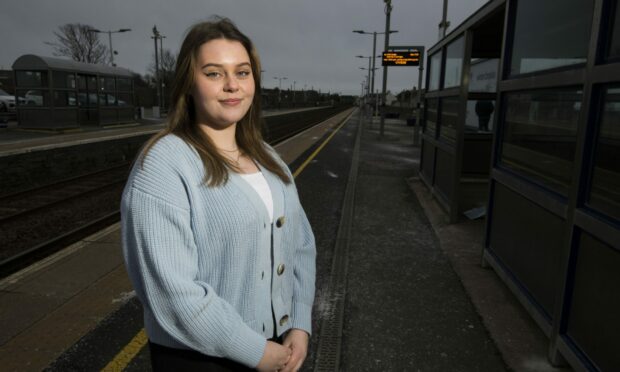
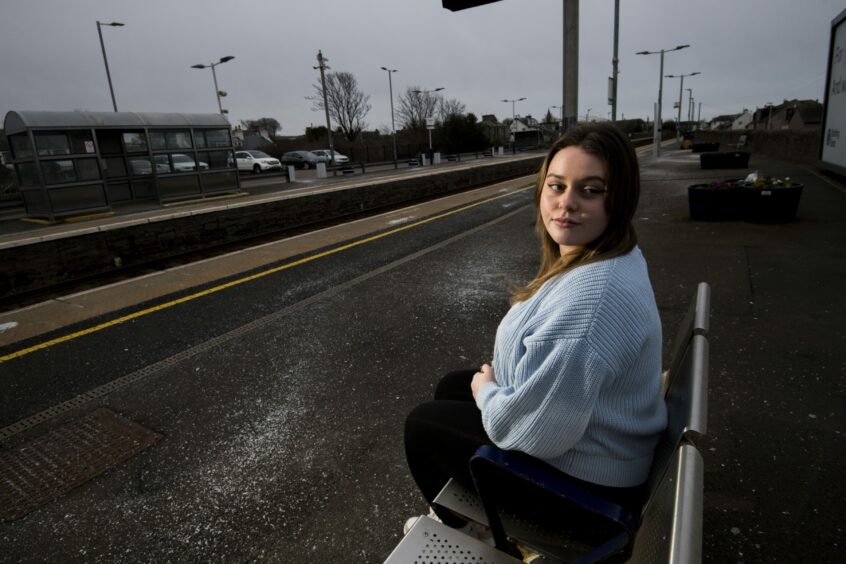
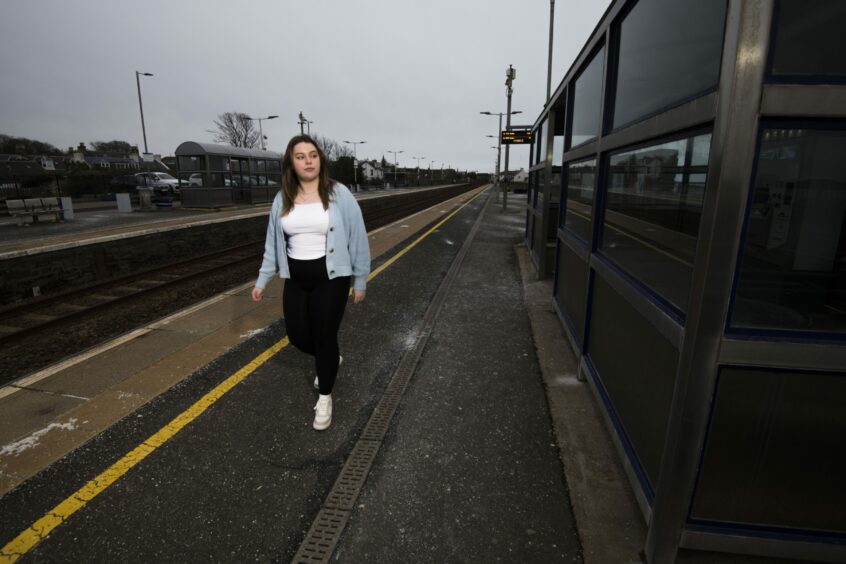
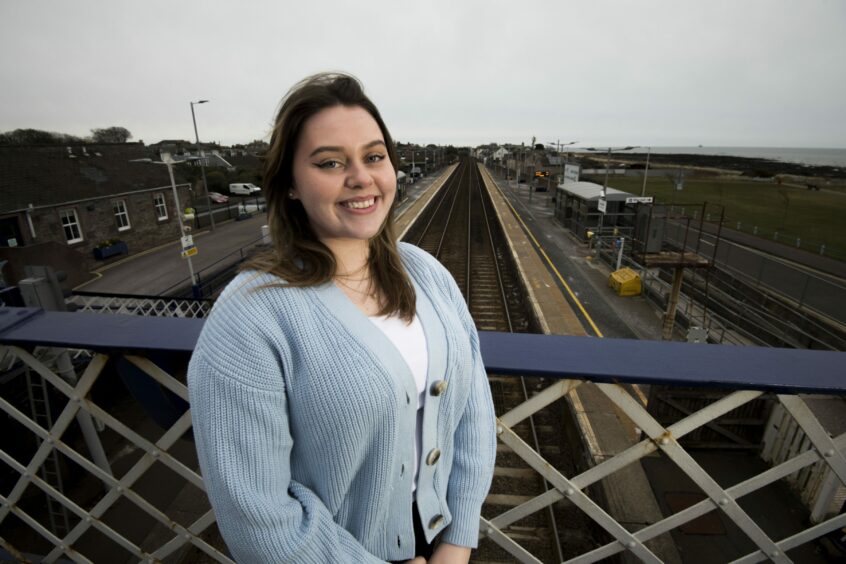



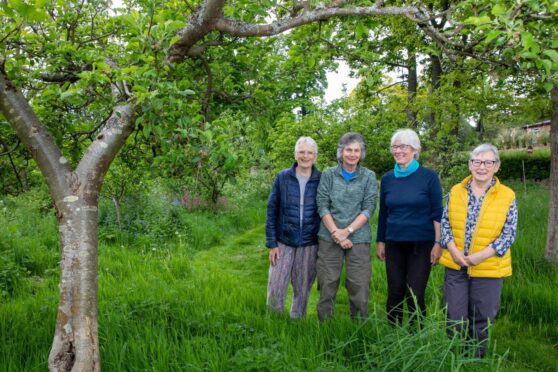
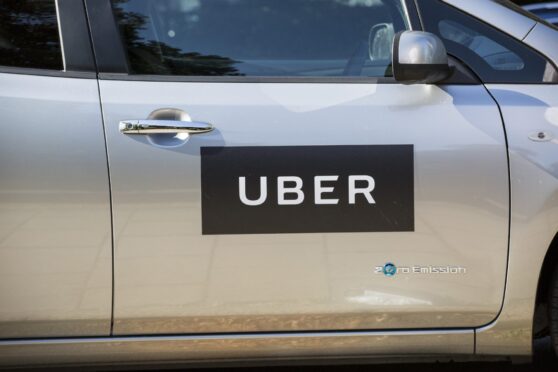
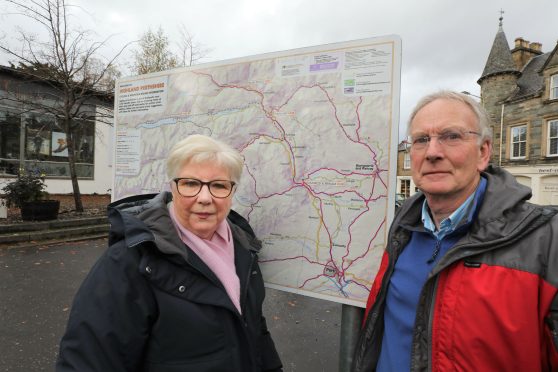
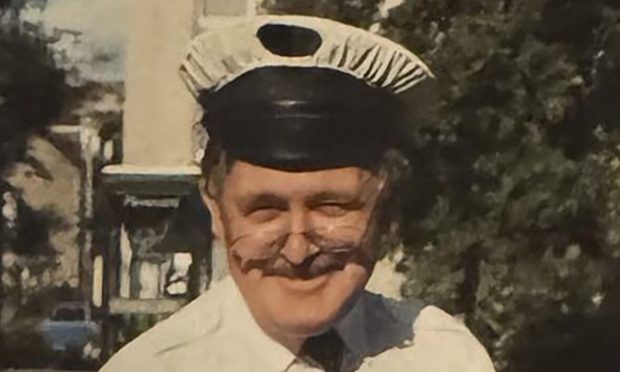
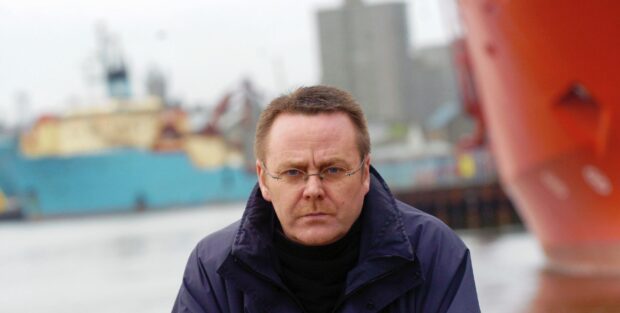
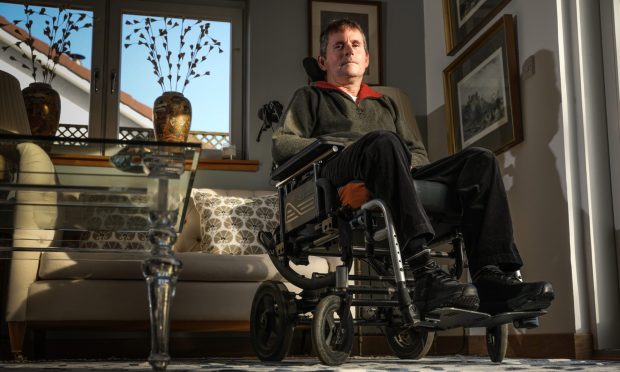

Conversation